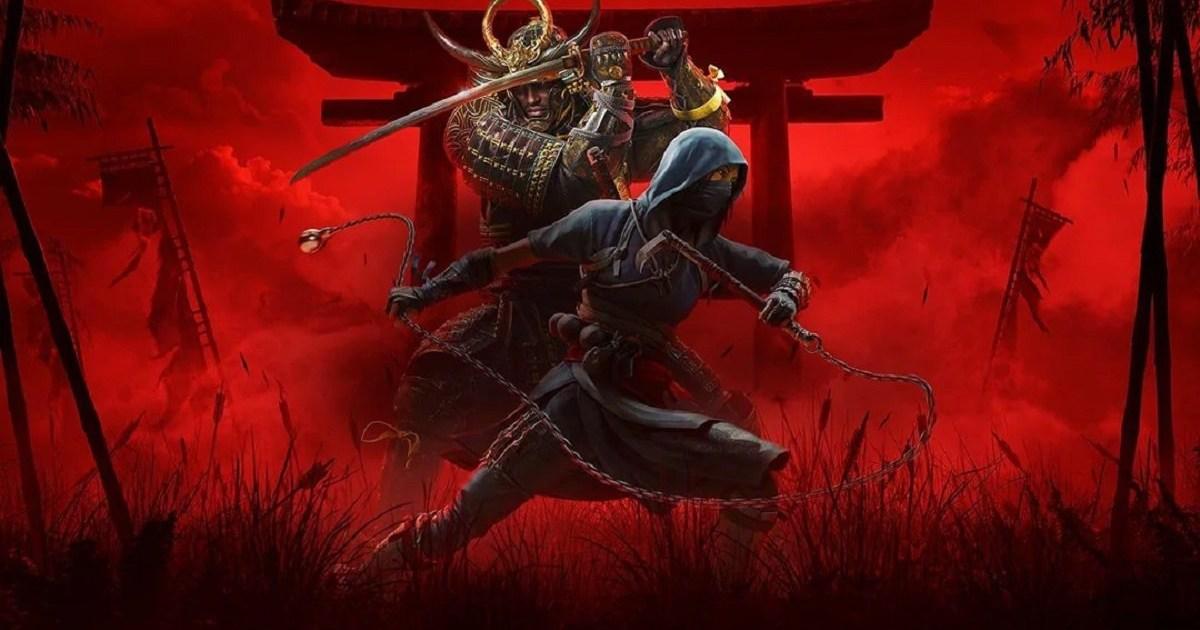Anticipation for the next Nintendo Direct continues to mount within the gaming industry, as players and analysts alike speculate on potential announcements and surprises. Following the adage of managing expectations, much of the discussion revolves around previously revealed titles that align with Nintendo’s family-friendly brand, such as Star Wars Outlaws and Sonic Racing: CrossWorlds, alongside potential deeper dives into high-profile releases like Final Fantasy 7 Remake and Elden Ring.
Despite the focus on existing titles, the community expresses a strong desire for completely new experiences from Nintendo’s established partners, including Capcom, Bandai Namco, Sega, and Konami. The perceived scarcity of fresh third-party exclusives for the upcoming Switch 2 has been a notable point of contention, with fans keen to see more than just ports and re-releases from the next generation of Nintendo hardware.
A curious slump in sales for Monster Hunter Wilds has confounded many, especially given its initial strong performance. This unexpected downturn raises questions about market dynamics and consumer preferences, particularly when contrasted with older titles like Resident Evil 7, which surprisingly continue to outsell it. The role of live service elements and story focus in impacting sales versus player retention is a key area of debate among fans and developers.
Speculation also extends to the future of the Horizon franchise, with many expecting the next installment, potentially Horizon Zero Dawn 3, to be a prominent launch title for the PlayStation 6. While the series boasts impressive graphics and engaging gameplay, its overall popularity remains a subject of discussion, leading some to question its suitability as a flagship console launch title, despite its strong sales figures.
The conversation often turns to current console design flaws, particularly concerning Nintendo’s approach to portable mode controllers. Persistent issues with the D-pad on the Pro Controller 2, leading to imprecise inputs during rapid gameplay, continue to frustrate players. These design oversights highlight a perceived disconnect between the company and its user base, fueling discussions about Nintendo’s responsiveness to community feedback.
Looking back at console gaming history, discussions sometimes drift to the high cost of early, advanced systems like the Neo Geo. While its raw power rivaled consoles released almost a decade later, offering perfect arcade ports at home, its prohibitive price point (launching at £399 in the UK, with games costing £200 or more) limited its widespread adoption. This historical context offers a stark comparison to today’s more accessible, though still premium, gaming hardware.
Beyond console-specific issues, broader trends in the industry are examined, including the enduring appeal of single-player experiences over live service models. The success of titles like Call of Duty Warzone for its competitive multiplayer, alongside ongoing challenges for franchises like Battlefield, underscores the diverse preferences within the gaming industry. Player sentiment, often influenced by word-of-mouth and online reviews, plays a crucial role in shaping a game’s trajectory.
The prolonged absence of a new installment for popular series like Devil May Cry, despite previous successes and Capcom’s financial health, also sparks curiosity. This delay prompts questions about development cycles, strategic decisions, and the complexities involved in bringing highly anticipated sequels to market, even for well-established franchises.
Ultimately, the landscape of console gaming is a dynamic blend of exciting new announcements, evolving market trends, and ongoing technical considerations. From the fervent anticipation of a Nintendo Direct to the subtle shifts in game sales and the enduring appeal of classic hardware, the industry constantly presents new facets for enthusiasts to explore and debate.






Leave a Reply